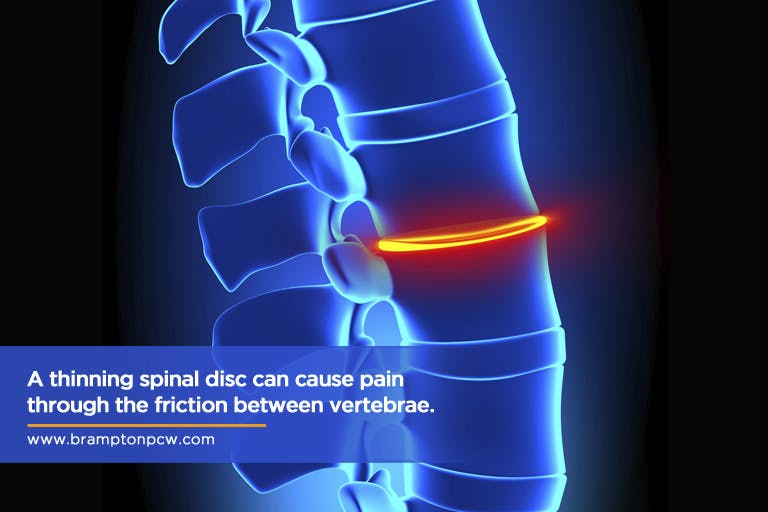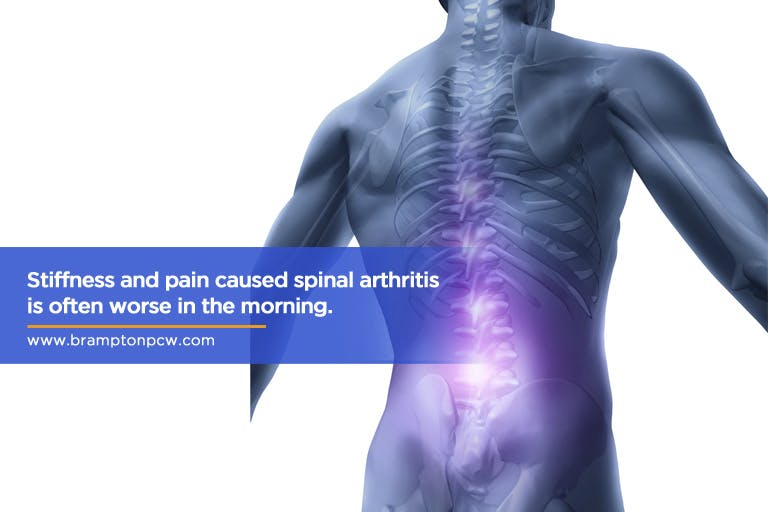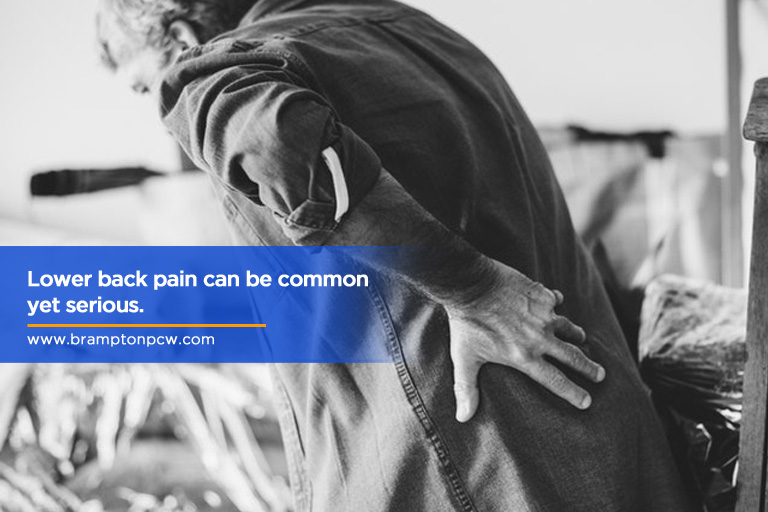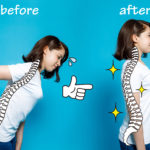Lower back pain is a common health challenge experienced by 80 percent of people at least once in their lifetime. It can be intermittent and piercing -- or painful and constant. The intensity of symptoms may not be the only factor to consider. Its cause may inform both the severity and seriousness of your pain. Read on to learn when a little “twinge” in the spine might require the help of a healthcare professional.
Understanding Different Types of Back Pain/Strain
Pain may not always be a sign of a medical emergency. The causes of back pain can be complex and require proper diagnosis and treatment. Additionally, the severity and manageability of pain are unique for every patient. While there are various types of back pain, determining the exact cause can help you understand more about the issue.
Here are the most common types of back pain and their causes:

- Lumbar Herniated Disc - This condition can affect any part of the spine, but it most frequently occurs in the lower back. A jellylike substance inside the spine (called the nucleus pulposus) pushes through the spine’s outer ring. This causes the ring to bulge and places pressure to the spinal cord and nearby nerves. The ruptured disc produces chemical irritants that inflame the nerves, triggering pain. A person with a herniated disc can feel numbness, pain, and weakness in one or both legs.
The most common causes of a lumbar herniated disc include:
- Natural, age-related wear and tear of the spine
- Decreased flexibility of the disc
- Physically demanding labour
- Lifestyle issues (including excess weight, smoking, and a sedentary lifestyle)
- Improper lifting
- Traumatic injury
In most cases, the symptoms of a herniated disc can resolve on its own after a few weeks. Healthcare specialists usually recommend nonsurgical treatment to patients. However, the treatment options directly depend on the duration of the symptoms and severity of the pain.
- Back Sprain - Its weight-bearing function and natural movements (twisting, bending, moving) can make back muscles and related soft tissues prone to strain. This, in turn, causes inflammation in the soft tissues, leading to pain and muscle spasms.
Back sprains can be caused by:
- Stretched or torn muscle fibres
- Ligaments tear away from the bone
- Sudden injury or gradual overuse

- Degenerative Disc Disease - Although disc degeneration is common in middle-aged and older adults, it can also affect young people. It occurs when the soft spinal discs, which acts as shock absorbers for the spine, start to shrink and lose integrity. This causes the vertebra to rub against each other, resulting in pain.
Here are some common causes of Degenerative Disc Disease:
- Loss of disc fluid
- Small cracks or tears in the outer disc layer
- Heavy physical work
- Sudden acute injury
The affected lower back disc may cause pain in the back, buttocks, and legs. Bending over, twisting, and reaching up can worsen the pain.

- Arthritis - Spinal arthritis can cause lower back stiffness and pain. Stiffness is usually worse after waking up in the morning. However, the pain and stiffness eventually ease with activity, but then comes back at the end of the day. The swelling can also be a result of the buildup of fluid in the joint because of inactivity overnight. The symptoms of spinal arthritis are mostly related to osteoarthritis of the spine.
Here are the most common causes of spinal arthritis:
- Age-related wear and tear of the spine
- Back injury
- Extra weight
- Misalignment of the spine
- Stress and strain
Getting enough rest is vital for patients with spinal arthritis. However, some may require medication, physiotherapy treatment, and sometimes, even surgery to manage or prevent the symptoms.

- Sciatica - Also known as sciatic nerve pain, sciatica is characterized by a radiating pain that runs along the path of the sciatic nerve. The pain spreads through the buttock, hip, and down the leg. It usually affects one leg, causing a feeling of weakness, numbness, and tingling. Prolonged sitting, sneezing, and coughing can worsen the sciatic pain.
Common causes of sciatica can include:
- Herniated disc
- Spinal stenosis
- Spinal tumours
- Piriformis syndrome
- Sacroiliitis
- Muscle inflammation
- Infection or injury (fracture)
The pain caused by a pinched sciatic nerve can be severe and debilitating. However, patients with sciatic pain can gradually improve their health within weeks or months through nonsurgical treatments.
When to Get Help

It is never a good idea to ignore the pain your body is sending you. When the pain continues to persist after one to two weeks, visit a healthcare provider. An accurate diagnosis and treatment plan can help address and resolve the symptoms and its underlying conditions. If you experience any of the following warning signs with your back pain, it is time to consult a healthcare professional.
- Bladder or Bowel Incontinence - Numbness around the groin or buttock area can be a serious health concern. Bladder or bowel incontinence may indicate an injured or compressed spinal cord, which requires immediate medical attention. Back pain paired with a loss of bladder and bowel control might be a sign of a serious condition known as cauda equina syndrome.
- Persistent Pain - If a week’s rest and home care treatment have not alleviated the pain, have yourself checked by a doctor or seek a physiotherapy treatment.
- Fever - Lower back pain accompanied by fever could indicate an infection or a more severe issue. The stress of prolonged lower back pain can also trigger a fever by itself, without any infection. Nonetheless, consult a physician immediately to determine the cause of the fever. Your doctor might prescribe antibiotic medication if there is an infection.
- Trauma - Patients aged over 50 who experience a traumatic event (car accident, falling from a height) need to see a medical specialist to assess lower back pain. An X-ray is recommended to check for any signs of fractures in the hips or spine. Physical therapy coupled with medication can help manage the pain.
- Numbness and Tingling - Damaged or irritated nerves can present numbness or a prickly, tingling feeling. Persistent numbness or tingling could be caused by a herniated disc, or by spinal stenosis (a narrowing of the spaces within your spine). Without proper treatment, this could lead to significant health issues. Consult a physician if you experience persistent numbness or tingling.
- Unexplained Weight Loss - Prolonged back pain, accompanied by unexplained weight loss, could be caused by an infection, or by a tumour. A general practitioner may recommend a set of laboratory tests or an MRI to rule out these possible causes for unexplained weight loss. If these tests have negative results, your physician may prescribe medication, physiotherapy, or both for pain relief and weight gain.
Pain should not stop you stop you from enjoying your favourite activities and performing your daily routines.
If you are concerned by lower back pain, contact a licensed physiotherapist. For individualized physiotherapy call Brampton Ortho Neuro Physiocare at (905) 454-4975 for pain relief and improved mobility through therapy and rehabilitation.







